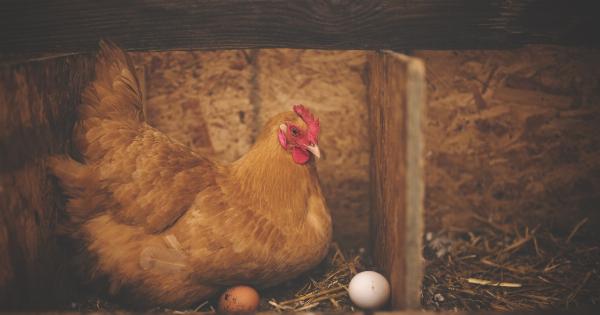When it comes to buying chicken, many consumers are attracted to the low prices offered by cheap cuts and processed products. However, there are a number of hidden costs associated with purchasing cheap chicken that often go unnoticed.
From animal welfare concerns to environmental impacts and the potential health risks, it is essential to think twice before buying cheap chicken.
1. Animal Welfare Concerns
The poultry industry is notorious for its inhumane treatment of chickens. Cheap chicken often comes from factory farms where birds are confined to overcrowded, dirty conditions and subjected to cruel practices such as debeaking and forced rapid growth.
By purchasing cheap chicken, consumers indirectly contribute to the perpetuation of these unethical practices.
2. Antibiotic Resistance
One of the main reasons why some chicken is so cheap is the routine use of antibiotics in the poultry industry. These antibiotics are used to promote growth and prevent diseases caused by the cramped and unsanitary living conditions in factory farms.
However, the overuse of antibiotics contributes to the growing problem of antibiotic resistance, making infections harder to treat and posing a risk to human health.
3. Environmental Impact
The production of cheap chicken has a significant environmental impact. Factory farming practices contribute to deforestation, water pollution, and greenhouse gas emissions.
The large quantities of feed and water required to raise chickens for meat also put a strain on natural resources. By opting for cheap chicken, consumers indirectly support an industry that damages the environment.
4. Lower Nutritional Value
While cheap chicken may be more affordable, it often lacks the same nutritional value as its more expensive counterparts.
Chickens raised in factory farms are generally fed a diet that consists mainly of grains and soy, leading to a lower nutrient content in the meat. Additionally, the stressful living conditions and lack of exercise can result in higher fat levels and lower levels of omega-3 fatty acids in cheap chicken.
5. Food Safety Concerns
The practices used in factory farming increase the risk of foodborne illnesses associated with cheap chicken consumption.
The crowded conditions in which chickens are raised make it easier for diseases to spread, and the use of antibiotics may mask the presence of harmful bacteria. By opting for higher-quality chicken, consumers can reduce their risk of contracting foodborne illnesses.
6. Support Local Farmers
Choosing higher-quality chicken from local farmers supports the local economy and small-scale, sustainable farming practices.
By buying cheap chicken, consumers contribute to the dominance of large corporations and industrial farming systems, making it harder for small farmers to compete and maintain ethical and environmentally friendly practices.
7. Taste and Texture
Higher-quality chicken often offers superior taste and texture compared to cheap chicken. Chickens raised in more natural environments and fed a varied diet tend to have more flavor and a better texture.
By investing in higher-quality chicken, consumers can enjoy a more enjoyable dining experience.
8. Supporting Ethical Standards
Opting for higher-quality chicken means supporting ethical standards in animal agriculture. Many higher-priced chicken products come from farms that adhere to stricter animal welfare guidelines and ensure better living conditions for the birds.
By choosing these products, consumers promote the welfare of animals and send a message to the industry that ethical practices are valued.
9. Reduced Environmental Footprint
Purchasing higher-quality chicken often means supporting farms that prioritize sustainable and environmentally friendly practices.
These farms may use organic feed, avoid the routine use of antibiotics, and implement waste management strategies to minimize their environmental impact. By choosing these products, consumers contribute to a healthier planet.
10. Long-Term Health Benefits
In the long run, investing in higher-quality chicken can have positive impacts on personal health.
The potential health risks associated with cheap chicken, such as antibiotic resistance and lower nutritional value, can be mitigated by opting for pricier cuts. By prioritizing health and choosing higher-quality chicken, consumers can protect themselves and their families from potential health issues.































